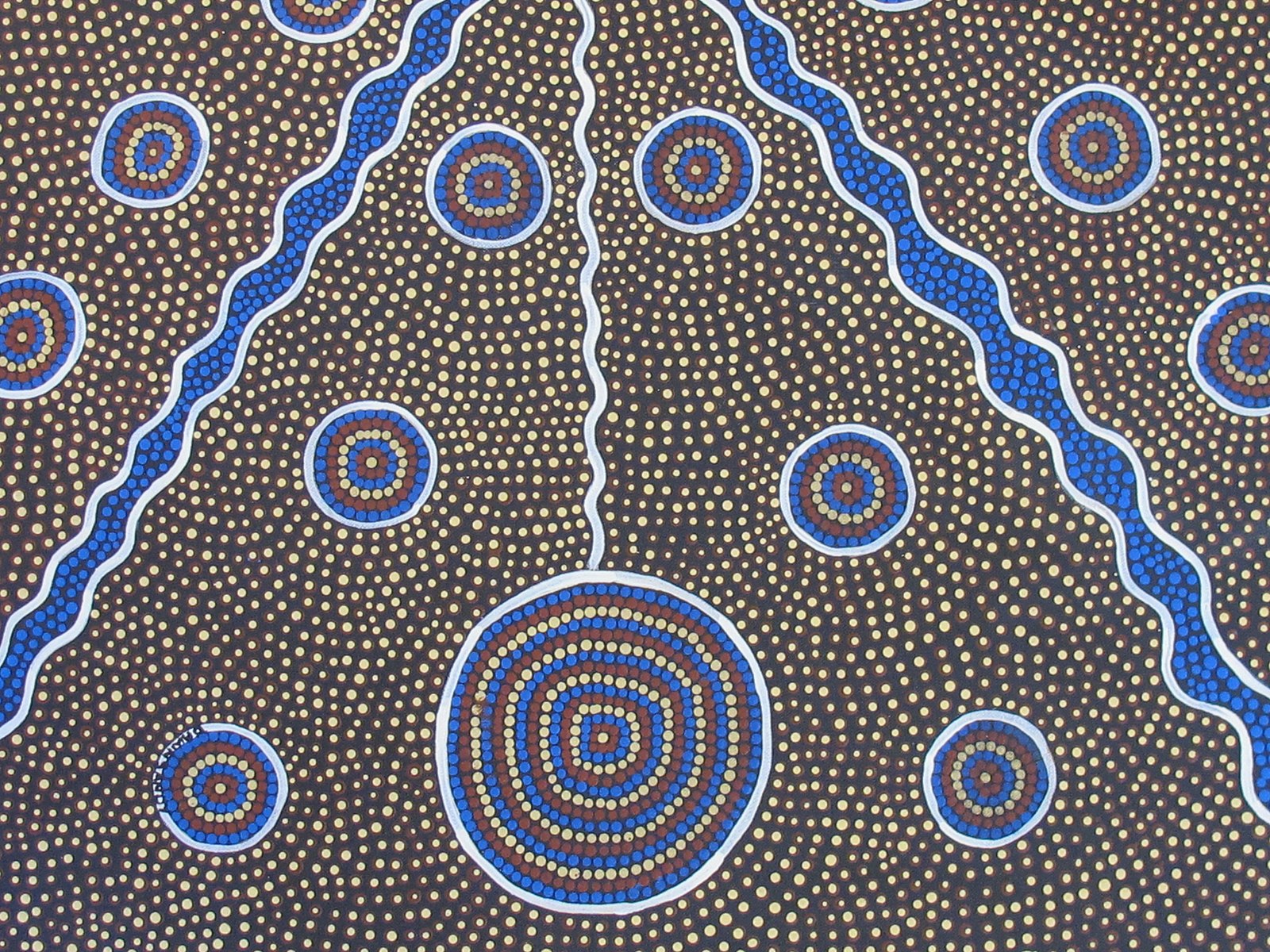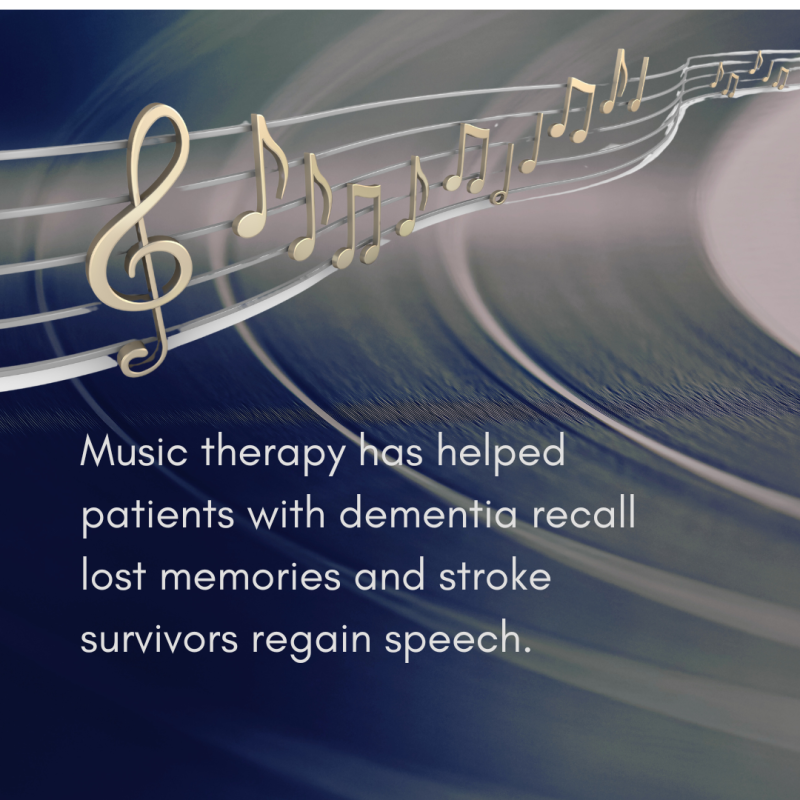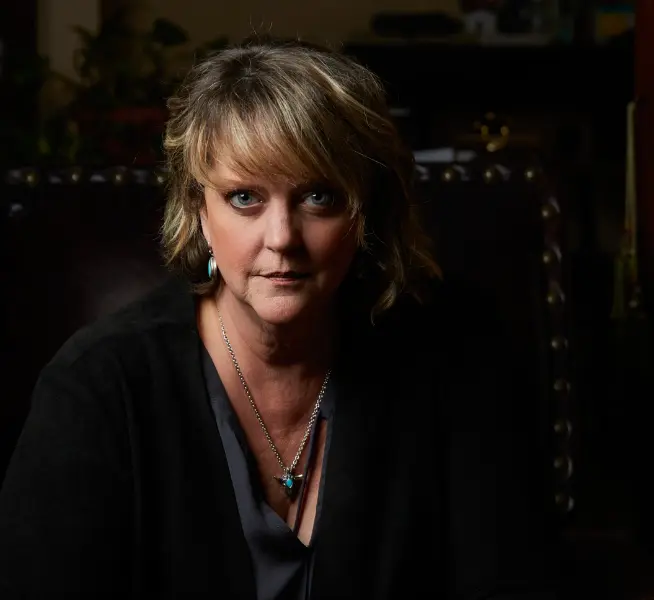By Deborah Dobbs, MA
Can anything transcend language and geography better than art? It’s a cornerstone of human expression, a connector of people to their emotions, histories, and communities. Art adds beauty to our surroundings, yet it also serves as a powerful salve for healing. Whether through painting, music, dance, or storytelling, art provides a means to process trauma, restore balance, and nurture the souls of people throughout the world.
EUROPEAN FOLK TRADITIONS: CATHARTIC SONG
In pre-modern Europe, folk art offered healing through shared creativity. In Ireland, through the sean-nós singing tradition—unaccompanied, emotive ballads—communities processed grief and hardship. With raw emotion and a trembling voice, a singer might share a tale of lost love or famine. Listeners would join in and, together, they would release sorrow. Collective mourning through song isn’t limited to old Irish traditions. Other cultures have fostered (and continue to foster) resilience through song, turning pain into a communal strength.
 Australian Aboriginal dot painting Image credit: edsitekment.neh.gov
Australian Aboriginal dot painting Image credit: edsitekment.neh.gov
A BRIDGE TO SPIRITUALITY AND HEALING
For many cultures, particularly indigenous ones, art is inseparable from spirituality and healing. In Australian Aboriginal culture, for instance, dot paintings are deeply tied to stories of creation and link people to both their ancestors and the land. These works are not just decorative; they are meditative acts that reinforce identity and belonging. Artistic expressions may become rituals to heal both the individual and the collective, mending rifts caused by displacement or loss.
EASTERN TRADITIONS: ART AS MINDFUL PRACTICE
In East Asia, art often intertwines with philosophies that emphasize mindfulness and inner peace. I happen to love the metaphor of Japanese kintsugi, the art of repairing broken pottery with gold. The mended object represents resilience. It sends a clear message that flaws are not to be despaired and setbacks are often opportunities. The art of kintsugi fosters emotional well-being by reframing breakage or brokenness as beauty.
ART AS THERAPY
Because emotions and symptoms are sometimes too complex for words, art functions as a translator of sorts. Particularly in western cultures, art’s healing potential has been incorporated into modern therapeutic interventions. Art therapy emerged in the 20th century. Some mental health professionals earn certifications in this modality, while others use art to complement the therapeutic process. Clients with PTSD might paint or sculpt their experiences, giving shape to memories that haunt them. Some clients with limited vocabulary can use art to express their thoughts and feelings. Children can strengthen their emotional vocabulary by using colors to stand for the feelings they cannot yet name. After a traumatic event, they might also find it easier to draw what happened than talk about it. Clients of all ages, however, can find it easier to share their thoughts and feelings during a session while engaging in art. Merely coloring in a coloring book can put a client at ease. In mental health, it seems the value of art is immeasurable.
A COMMON THREAD: ART’S ADAPTIVE POWER
Whether its soulful singing or sketching stick figures, art heals by meeting people where they are. The brush or crayon, the canvas or coloring book, the clay, dirt, or ink doesn’t care about your age, talent, or native tongue. It surrenders to you, reflecting pain or hope, and it becomes a bridge that connects the tangible to the intangible. Studies show that the act of creating lowers cortisol levels and boosts dopamine, reminding us that healing need not always come from a pill or a procedure. Sometimes, healing and well-being flows from a brushstroke, a melody, or a dance step.



Very good https://is.gd/N1ikS2